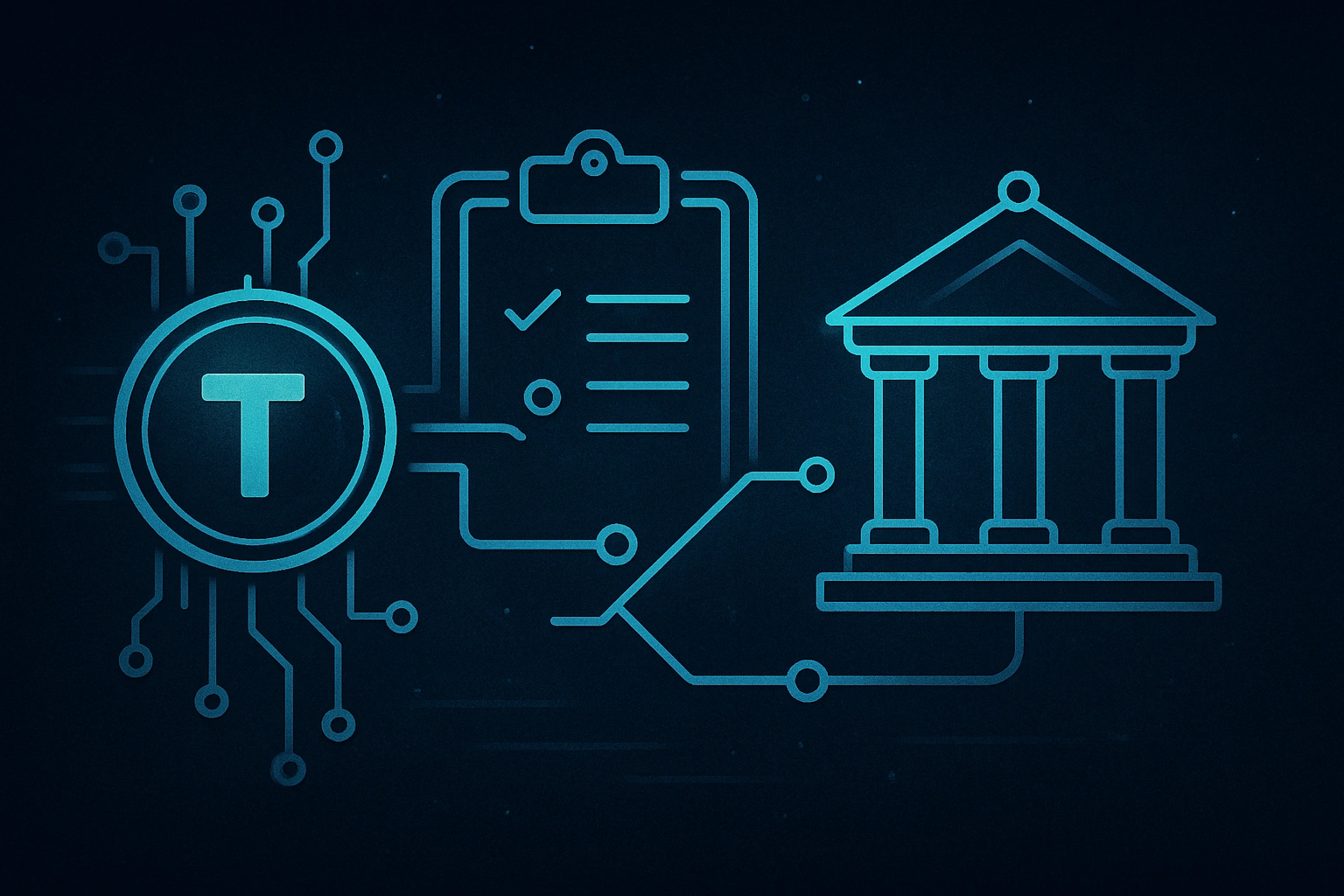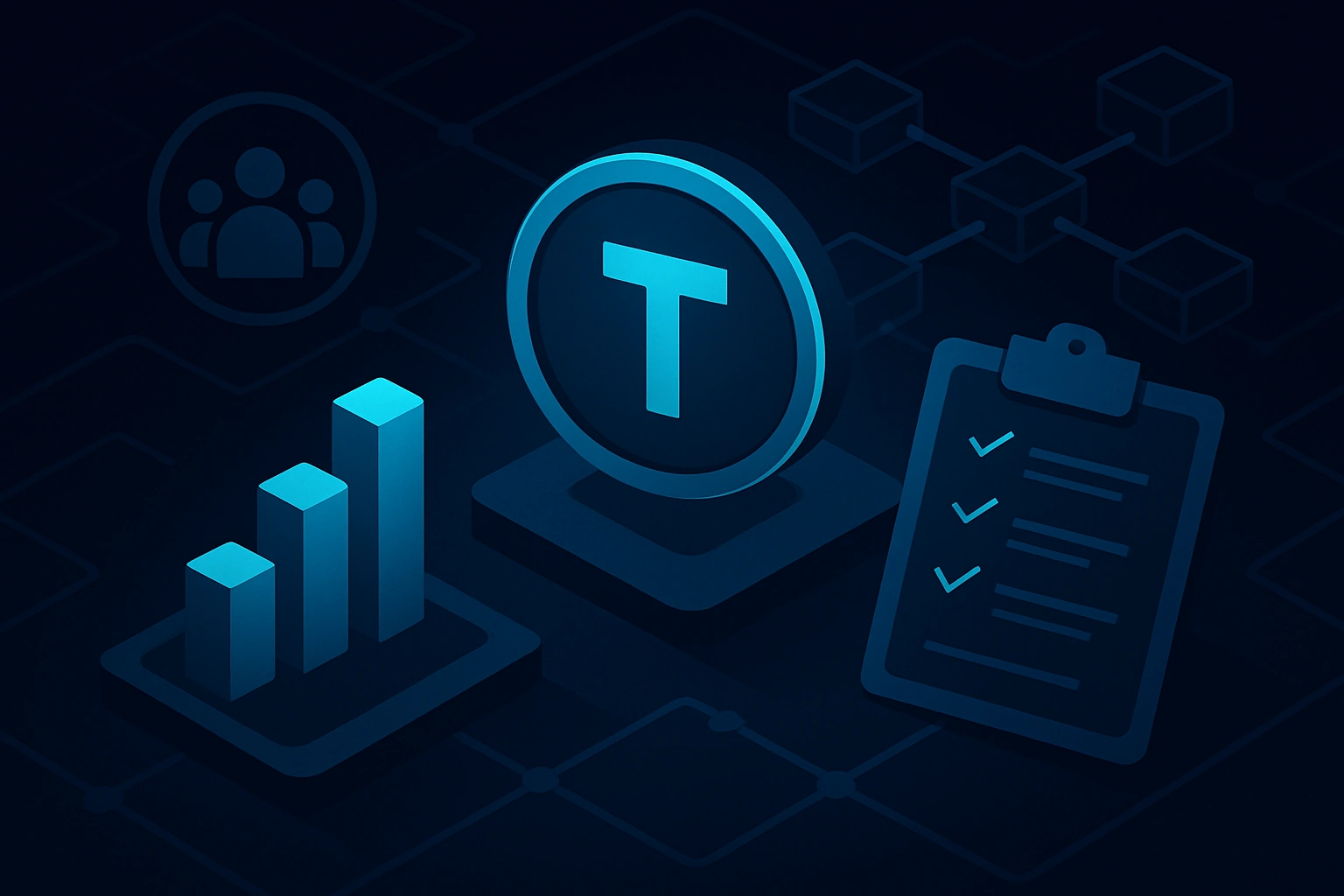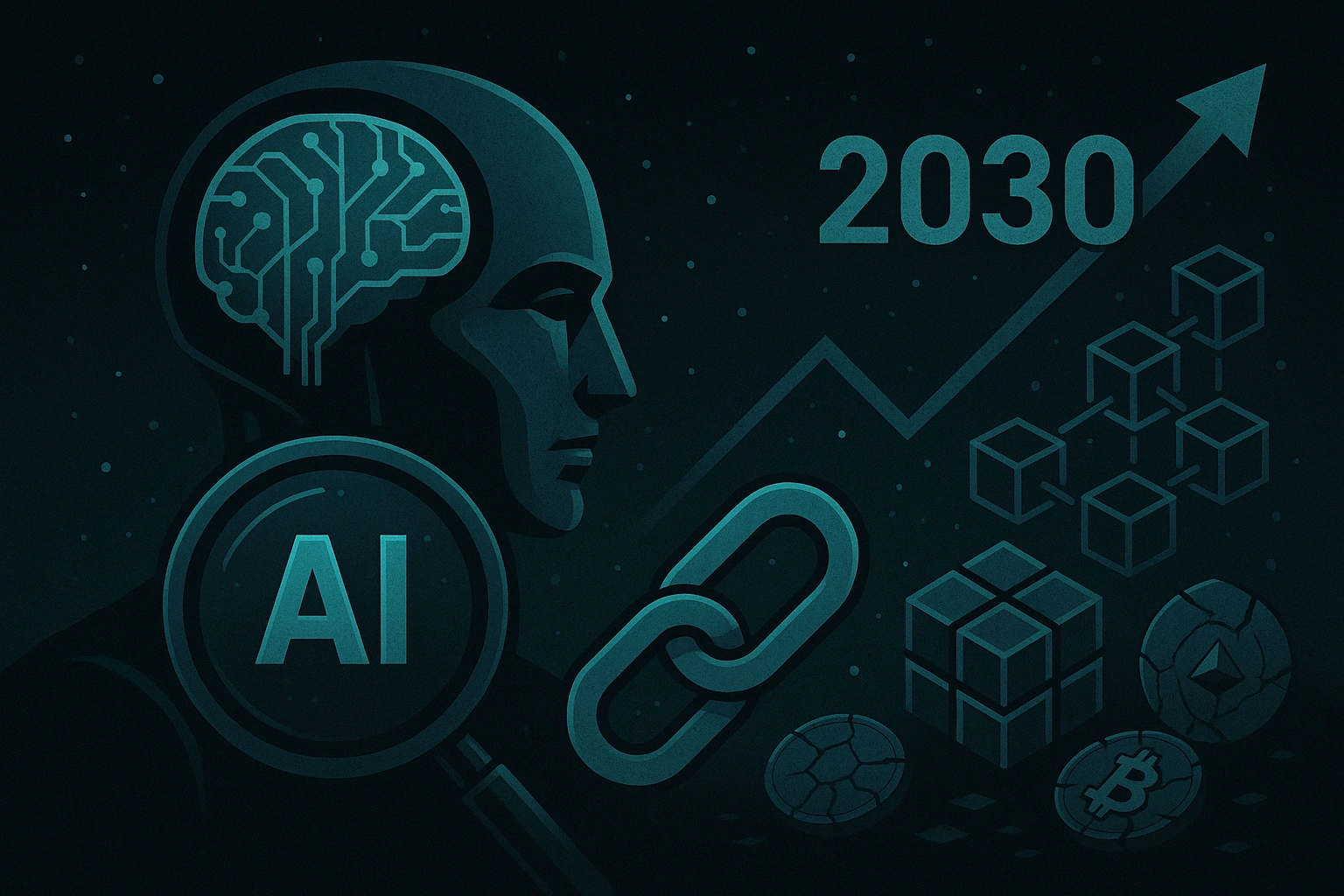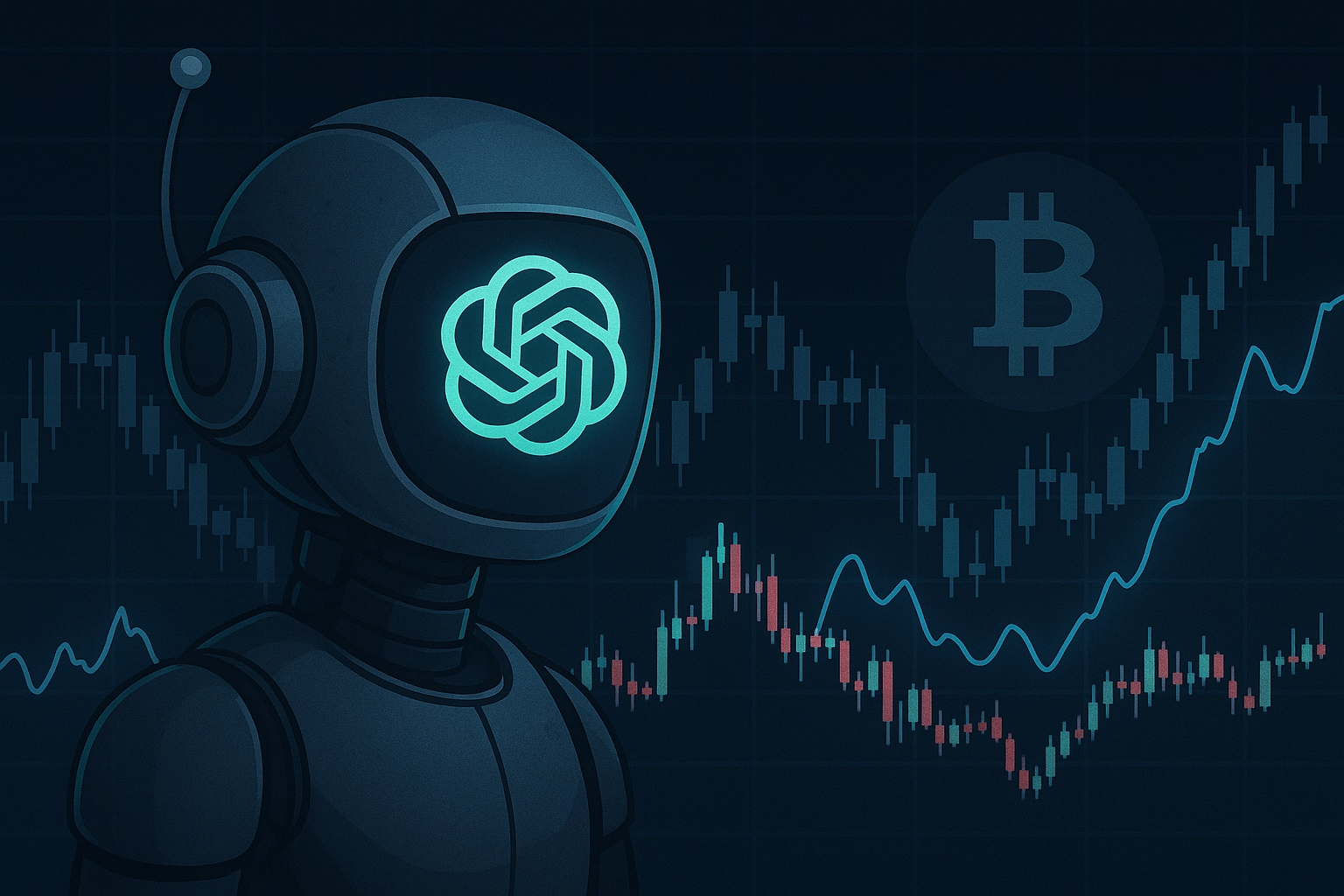Tokenomics and governance are foundational to the success of any blockchain project. Well-designed crypto tokenomics explained can drive adoption, incentivize participation, and ensure sustainable growth. At the same time, robust governance in DAOs ensures community-driven decision-making and project longevity.

Understanding tokenomics explained and applying best practices in governance is essential for developers, investors, and participants in new crypto projects.
Understanding Tokenomics
Tokenomics refers to the economic design of a cryptocurrency or token within its ecosystem. It encompasses supply, distribution, incentives, and utility. Proper tokenomics aligns user behavior with the project’s objectives.
Key Elements of Tokenomics:
- Total Supply & Inflation: Determines scarcity, long-term value, and reward mechanisms.
- Distribution Model: Fair allocation to founders, investors, community, and ecosystem participants.
- Utility & Incentives: Tokens should have clear use cases like staking, governance, or access to services.
- Emission Schedule: Controlled token release to prevent inflation shocks and maintain trust.
- Burn & Buyback Mechanisms: Reduce circulating supply and support price stability.
By focusing on these elements, crypto tokenomics explained helps create sustainable, scalable projects that attract and retain users.
Governance in DAOs
Decentralized Autonomous Organizations (DAOs) enable community-driven decision-making, leveraging token-based voting systems. Effective governance in DAOs ensures fair representation and aligns incentives across stakeholders.
Core Principles:
- Decentralization: Avoid central control by distributing voting power among token holders.
- Transparency: On-chain voting and public proposal records to maintain trust.
- Incentive Alignment: Participants should be rewarded for active governance engagement.
- Flexibility: Governance models must evolve with community needs and protocol changes.
Popular DAO models integrate governance tokens with staking, delegation, and proposal mechanisms to balance efficiency and decentralization.
Best Practices for Tokenomics Design
Designing tokenomics for new projects requires careful planning to prevent common pitfalls:
1. Align Incentives
- Reward early adopters, liquidity providers, and long-term contributors.
- Penalize harmful behavior like front-running or spamming governance proposals.
2. Ensure Utility
- Tokens should enable access to services, voting rights, or staking rewards.
- Avoid purely speculative models that lack real-world functionality.
3. Plan Distribution Strategically
- Use vesting schedules for founders and investors to prevent sudden market dumps.
- Allocate community incentives to promote engagement and network growth.
4. Incorporate Flexibility
- Allow governance structures to adapt to changing market conditions or regulatory requirements.
- Consider mechanisms like token buybacks, burns, or emission adjustments to maintain stability.
5. Leverage Analytics
- Track token velocity, staking rates, and adoption metrics to optimize economic design.
- Use feedback loops to refine tokenomics based on user behavior and ecosystem performance.
Governance Strategies in Practice
Effective DAO Governance Includes:
- Proposal Systems: Clear frameworks for submitting, reviewing, and voting on changes.
- Quadratic Voting: Reduces dominance by large token holders and promotes fair decision-making.
- Delegation Mechanisms: Allow experienced participants to vote on behalf of others while maintaining accountability.
- On-Chain Execution: Automated smart contracts ensure proposals are executed transparently and reliably.
- Community Engagement: Regular communication, education, and incentive alignment to maintain active participation.
Combining tokenomics with governance in DAOs ensures both economic sustainability and decentralized decision-making.
Common Pitfalls to Avoid
Even with strong principles, new projects often face challenges:
- Over-Inflation: Excessive token supply can devalue holdings.
- Centralized Control: Founder-heavy governance undermines decentralization.
- Utility Deficiency: Tokens without clear use cases fail to attract long-term users.
- Poor Incentive Alignment: Misaligned rewards can encourage malicious behavior or disengagement.
Proactive design and community feedback mitigate these risks.
Final Thoughts
Tokenomics explained and governance in DAOs are the pillars of successful crypto projects. Thoughtful crypto tokenomics explained, aligned incentives, and transparent governance models foster adoption, engagement, and sustainable growth.
For new projects, integrating these best practices ensures that tokens not only retain value but also empower communities to participate actively in shaping the future of decentralized ecosystems.




